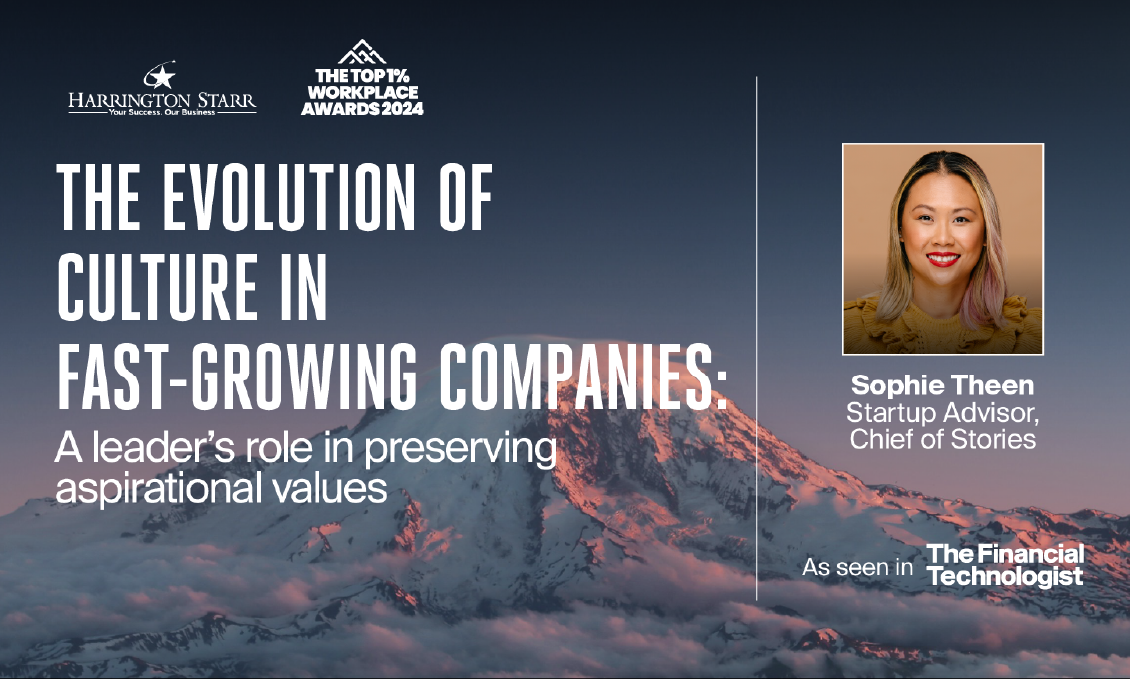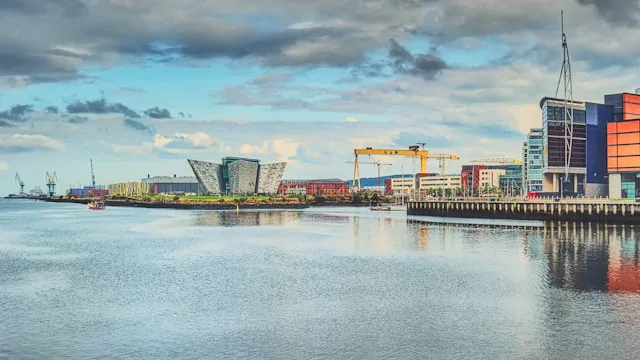
As a culture expert, having worked through fast-growing companies and built high-performing teams, I’ve had the privilege of partnering with CEOs and founders to shape inspirational cultures. In the realm of early-stage startups to fully grown companies, culture is often talked about as if it's an abstract or external force that simply exists. But culture isn’t just a 'thing' that happens — it’s built, nurtured, and evolved, and it often begins with the aspirational values of the founders themselves.
When a startup is born, the founders typically envision not just a world-class product, but a world-class company filled with top-tier talent that thrives within a meaningful and cohesive environment. For many, the culture is a reflection of their personal values and dreams about how an ideal company should operate. They are driven by purpose, intent on building something bigger than themselves, with a team that shares their vision.
However, as startups scale and leadership teams expand, there’s often a tension between preserving these founding values and adapting to the realities of a growing business. New people are brought in, management layers are added, and with them, new perspectives. Some argue that this dilutes the culture, while others see it as a necessary evolution. The ongoing debate about whether original employees are "outgrown" by the company or need to be replaced by seasoned professionals highlights this tension — but that’s a discussion for another day.
What remains at the heart of the conversation is this: what is culture? For years, leaders have tried to distil it into mission statements or company values plastered on walls and websites. But in practice, culture is more subtle and complex. It’s how we act, how we think, how we react to challenges, and the principles that guide our decisions. It’s the invisible thread that makes employees feel, at their core, that this is the right place to be, and that the decisions they make are the right ones.
The Disconnect Between Founders’ Aspirations and Reality
Over the years, as I’ve helped build and rebuild cultures across companies of varying sizes, one theme has remained glaringly consistent: the gap between the founder’s original vision for culture and what it becomes over time. Founders start with a deeply personal and aspirational view of what their culture should look like — innovative, collaborative, forward-thinking. But as the company grows and the day-to-day demands increase, leaders become consumed by governance, processes, and policies.
In many cases, even executives who genuinely believe in nurturing talent lose sight of their role in building a culture where people can thrive. We spend endless time and resources attracting top talent, crafting elaborate recruitment strategies, and offering competitive benefits, but we often overlook the most fundamental question: why do these talented individuals stay with us?
The answer isn’t in compensation or perks, but in culture. Top talent stays when they feel a connection to the company's values and purpose. They stay because they believe they are part of something meaningful, where their contributions matter, and where they feel supported in their growth.
The Leadership Dilemma: Who Owns Culture?
There was a period not too long ago when culture became a buzzword in conversations about building a successful business. Many companies responded by creating new roles — Chief Culture Officer, for example — and hired professionals tasked with overseeing culture as if it could be outsourced to a single person or department. This approach, though well-intentioned, has seemed to miss the mark so far.
The truth is, culture cannot be the responsibility of just one person. A strong, cohesive culture is the product of leadership. It’s not the job of a culture officer to build or sustain the culture; it’s the collective responsibility of the leadership team to live and breathe the values they want to see reflected in their company. Leaders need to be the custodians of culture, constantly reinforcing and modelling the behaviours and attitudes that align with the company's values.
If leadership neglects this responsibility, culture inevitably becomes fragmented. Processes and policies may bring efficiency, but they can also obscure the human element of leadership — the empathy, communication, and shared vision that drive engagement and retention. Leaders must ask themselves: Are we too distracted by the operational demands to invest in the culture that makes us who we are?
The Challenge Moving Forward
As we move into an era where culture is no longer just a buzzword but a core element of company strategy, we need to challenge our assumptions. Is culture something we set and forget, or is it something we actively shape every day through our decisions and actions? Have we learned that culture isn’t just a top-down initiative or a separate function, but something that every leader, from the CEO to the front-line manager, must take ownership of?
For founders and leaders alike, the ultimate question is not whether culture gets diluted over time, but whether we are committed to nurturing and evolving it as we grow. It’s a living, breathing entity that requires attention, care, and most importantly, leadership. So, as you scale your business and bring on new talent, don’t lose sight of the values and vision that inspired you in the first place. Your culture is your company’s greatest asset, and it’s worth fighting for.
By Sophie Theen, Startup Advisor at Chief of Stories
Download your free copy of the latest Financial Technologist magazine here.






